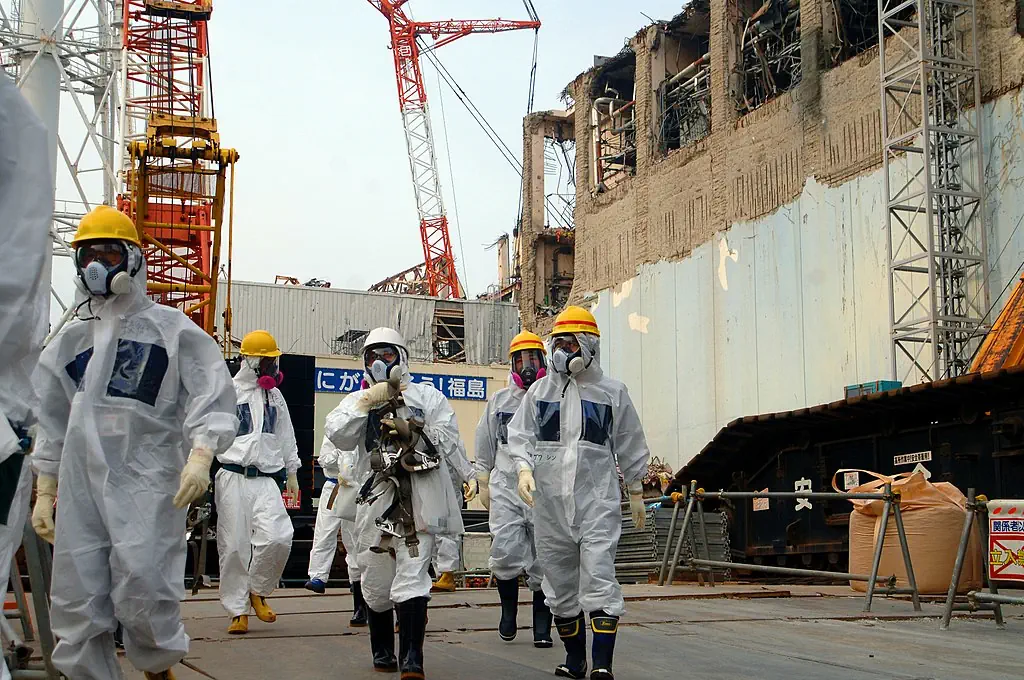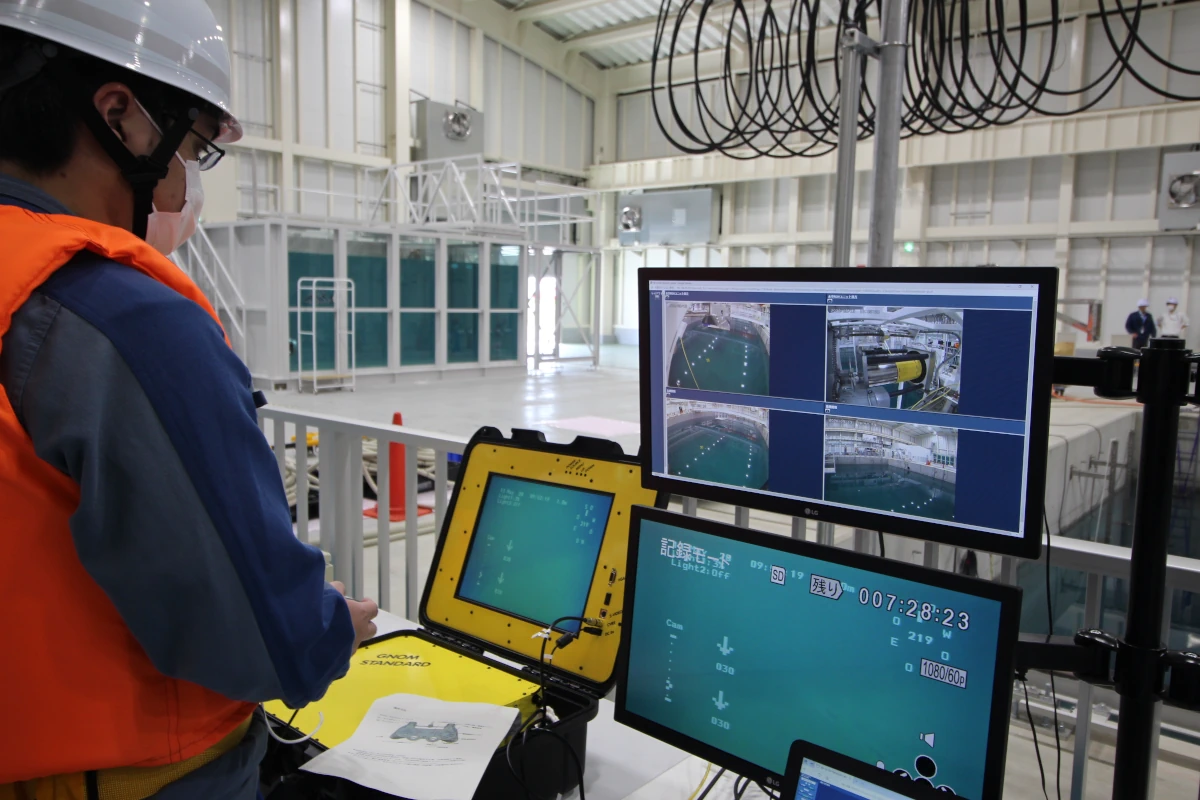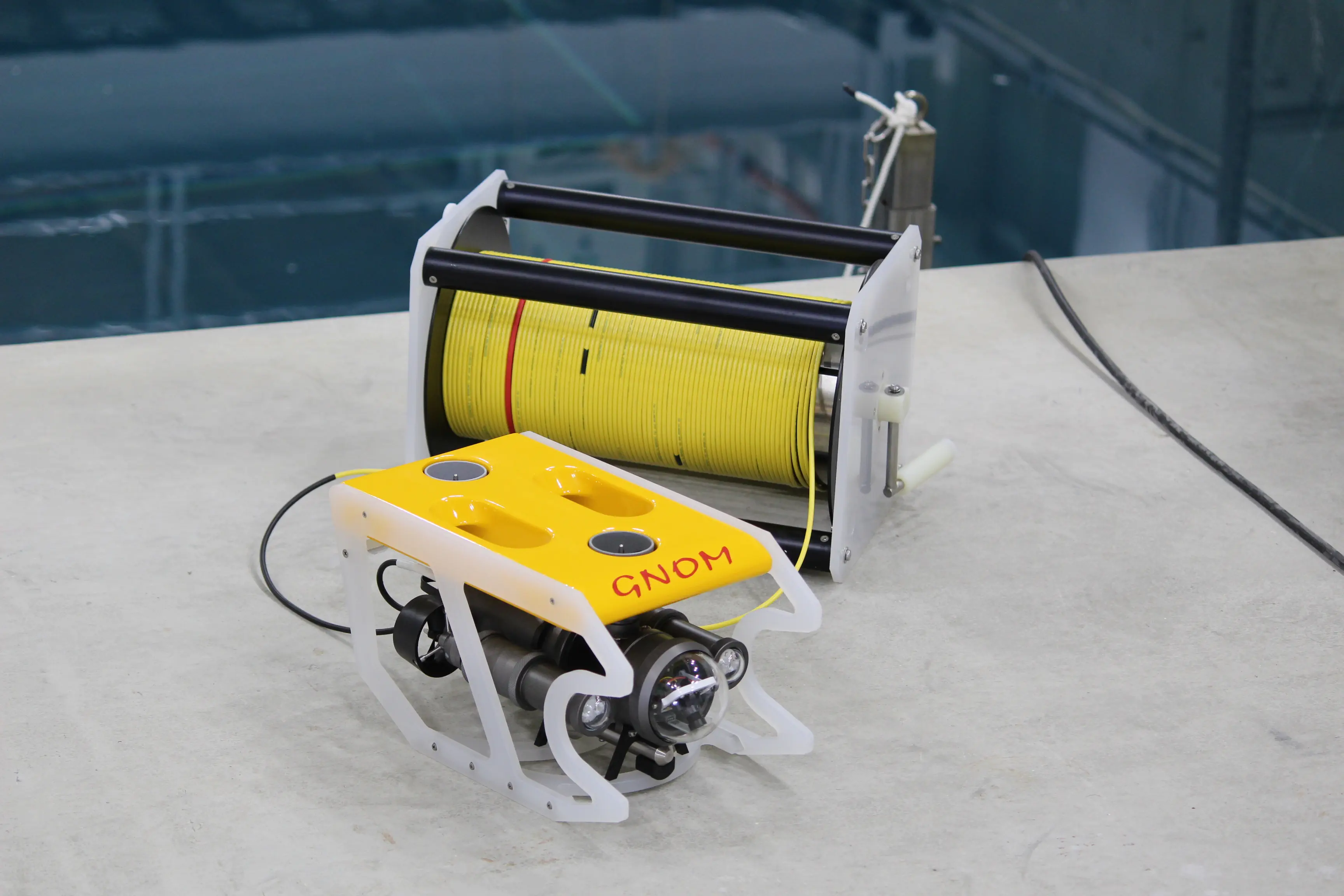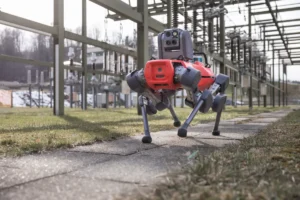Nuclear power plants are sophisticated energy systems, very robust and built with highly resistant materials, they are as safe as any other energy infrastructure and designed to withstand natural disasters and terrorist attacks.
In such cases, appropriate safety and security plans are in place, including procedures to support injured persons, mitigate the impact on the environment and property.
However, as experience shows, catastrophic events, due to natural event, an accident or a sabotage act, can not be ruled out completely. If the protective barriers lose their integrity, a substantial release and dispersion of radioactive material into the environment occur, resulting in significant levels of contamination.
Natural disasters have serious consequences for the environment, human lives and facilities.
An example is the case of Fukushima Dai-Ichi: in March 2011, a tsunami generated by an undersea earthquake heavily hit the nuclear power plant in Fukushima Prefecture in Japan.
An event of this type causes the release of significant amounts of radioactive substances that spread through the air or enter the marine environment. These materials can be carried by wind or sea currents over great distances. In addition to radionuclides such as iodine-131, cesium-134 and cesium-137 entering the ocean from the atmospheric deposition, contamination can occur from the release of liquids and discharges from the nuclear power plant directly at sea.

In the immediate aftermath of the accident, the IAEA (International Atomic Energy Agency) discharged its emergency response role. It activated its Incident and Emergency System, coordinated the inter-agency response and initiated a series of briefings with Member States and the media.
The IAEA helps maintain and strengthen effective emergency preparedness and response capabilities on a national and international level. As part of these activities, it develops safety standards, guidelines and technical tools; it assists Member States in building the capacity for emergency response and maintains the IAEA Incident and Emergency System to efficiently implement its role in response to nuclear or radiological incidents and emergencies, regardless of whether they arise from accident, negligence or deliberate act.
Despite all preventative measures, no industrial activity can be completely risk-free: incidents, accidents and near misses can occur in nuclear power plants, as in structuref of any other sector.
As a result of an accident a site investigation is performed, in order to identify and evaluate the potential impacts upon the environment before others tasks commences or operations are altered. The investigation and analysis are essential processes of proactive health and safety management.However, the first step in all forensic investigations surrounding radioactive substance leaks includes identifying the site and area affected to determine the nature and extent of the damage.
In nuclear plants where an accident has occurred, it is often necessary to explore the internal and surrounding external environment to assess the damage and consequences. If the area is characterized by the presence of high levels of radiation, unmanned vehicles and autonomous systems are the right precautions to reduce the risks of workplace dangers and provide a safe working area.
In response to the Fukushima nuclear accident, the Tokyo Electric Power Company have established the “Fukushima Nuclear Accident Investigation Committee” and “Nuclear Safety and Quality Assurance Meeting Accident Investigation Verification Committee” comprised of external experts, and have been engaging in a thorough investigation and verification of the accident.
The natural event that hit the Fukushima Dai-ichi NPP (Nuclear Power Plant) is classified as a level seven (INES 7). Severe damage to electric power supply lines and safety infrastructure resulted, affecting the cooling system in the three reactor units and fuel tanks.
TEPCO company in 2020 started planning the removal of fuel from the Fukushima Daiichi Nuclear Power Station Unit 2 SFP (Spent Fuel Pool) FY2024 and FY2026.
Prior to commencing fuel removal, internal investigation of the Spent Fuel Pool through the ROV vehicle was necessary.
The investigation phase was preceded by an introduction ROV (Remotely Operated Vehicle) Pilot training course was held in May 2020, in an underwater environment that simulates the conditions of the SFP to allow staff to familiarize themselves with the vehicle and the investigation procedures, health and safety guidelines, PPE.
Read more in the digital JP Mag – JPmag – October 2021


Paolo Mazzone
SubEng – HSE Adviser
Tokyo Electric Power Company Holdings, Inc. (TEPCO) Is Japan’s largest power company group. AS a group, it generates, distributes and sells electricity and other types of energy principally to the Kanto metropolitan area, which includes Japan’s two most populous cities, Tokyo and Yokohama.
The International Atomic Energy Agency is an international agency that promote the pacific use of nuclear energy and seek to avoid its use for military purposes. It was founded in 1957 and has its headquearters in Vienna, Austria
Images
Cover: Fukushima I Nuclear Power Plant. North is to the right. Reactors 4, 3, 2 and 1, reading left to right, appear at the left (South). Reactor 5 and the construction site for reactor 6 appear to the right of centre of the image., Ministry of Land, Infrastructure, Transport and Tourism
Article: IAEA experts depart Unit 4 of TEPCO’s Fukushima Daiichi Nuclear Power Station on 17 April 2013 as part of a mission to review Japan’s plans to decommission the facility. Photo Credit: Greg Webb / IAEA, IAEA Imagebank
Gallery: TEPCO Photos taken on May 13, 2020, Photos taken by Tokyo Electric Power Company Holdings, Inc.

